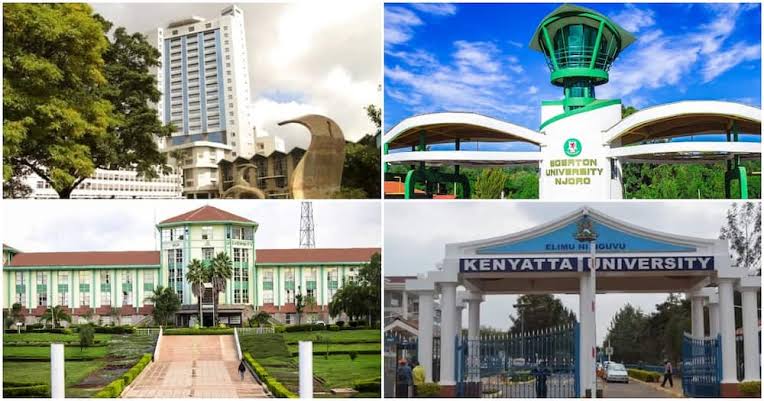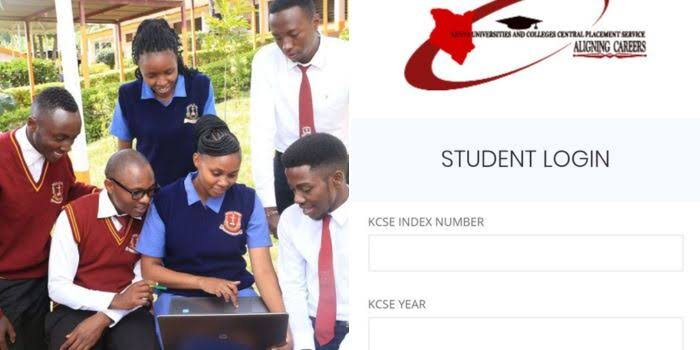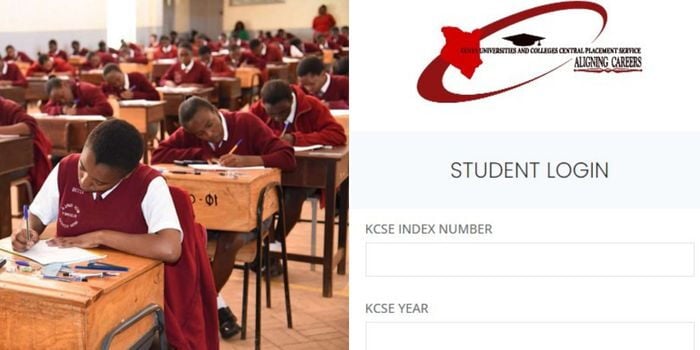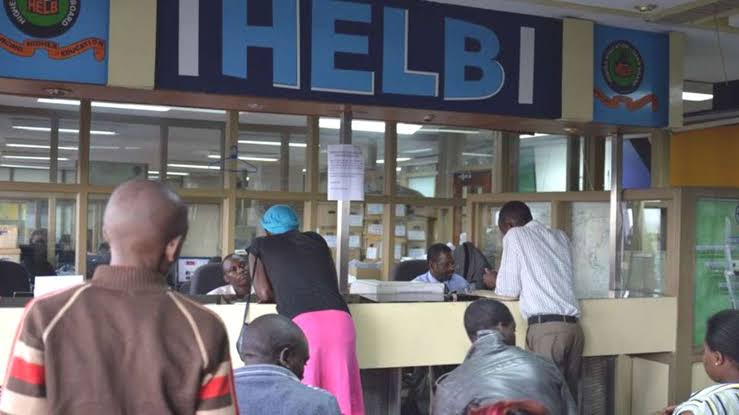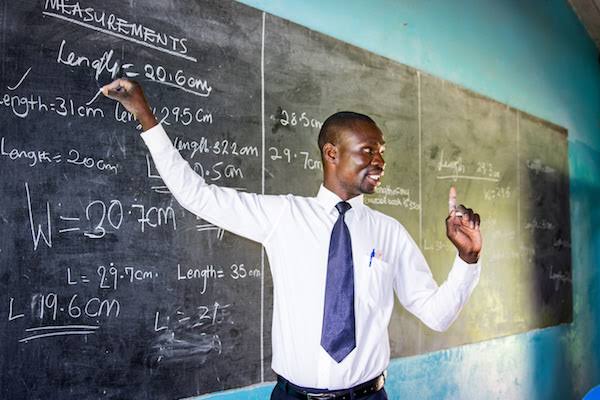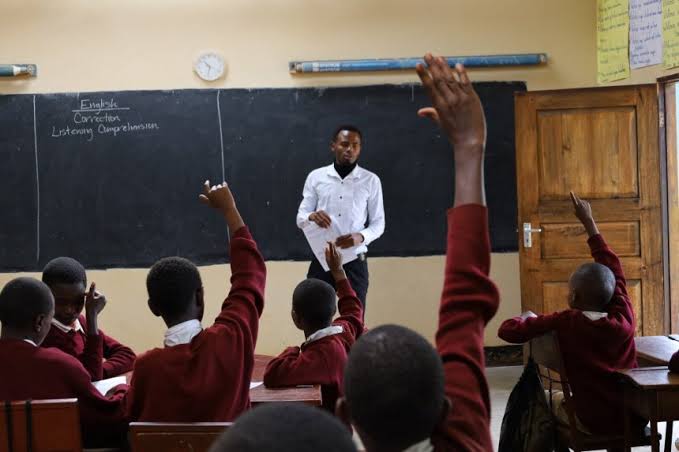University Entry Crisis: 50,000 Students Yet to Apply or Get Placed
Kenya’s higher education sector is facing a concerning trend—over 50,000 students who achieved the minimum university entry grade of C+ […]
University Entry Crisis: 50,000 Students Yet to Apply or Get Placed Read Post »
